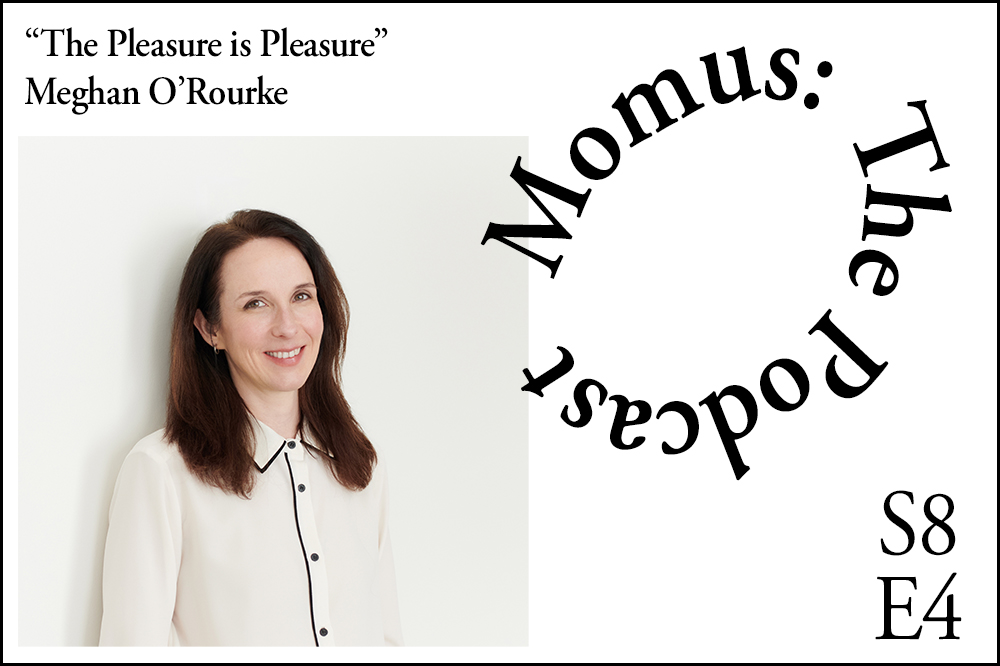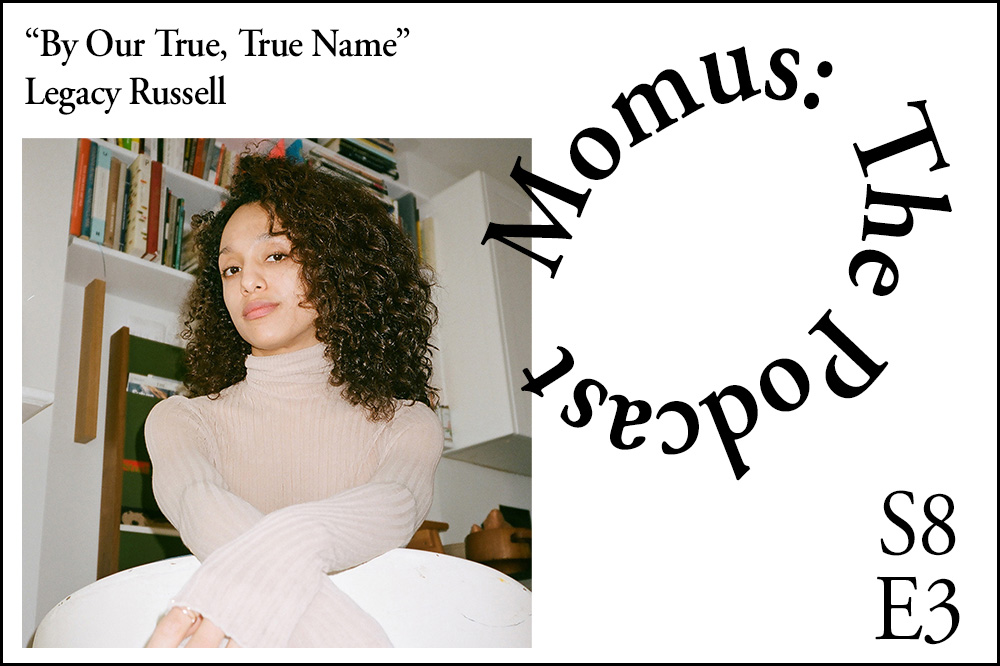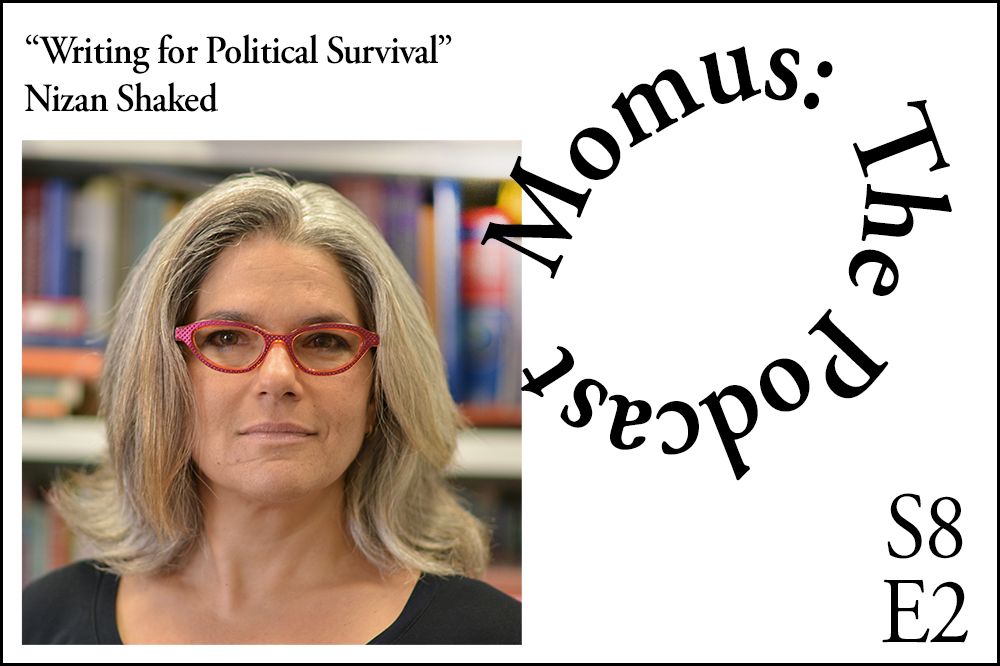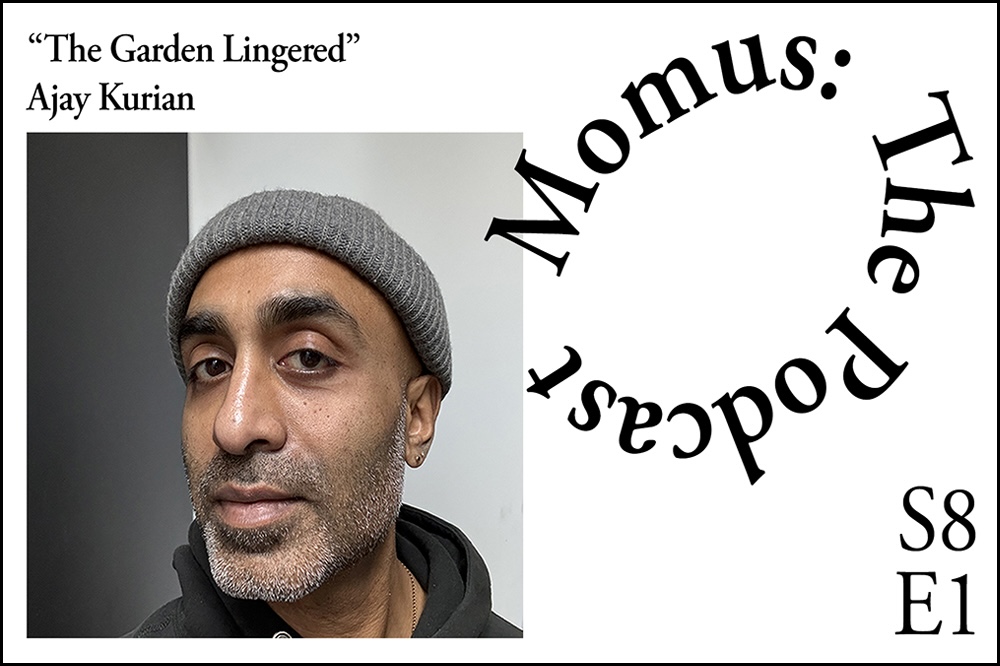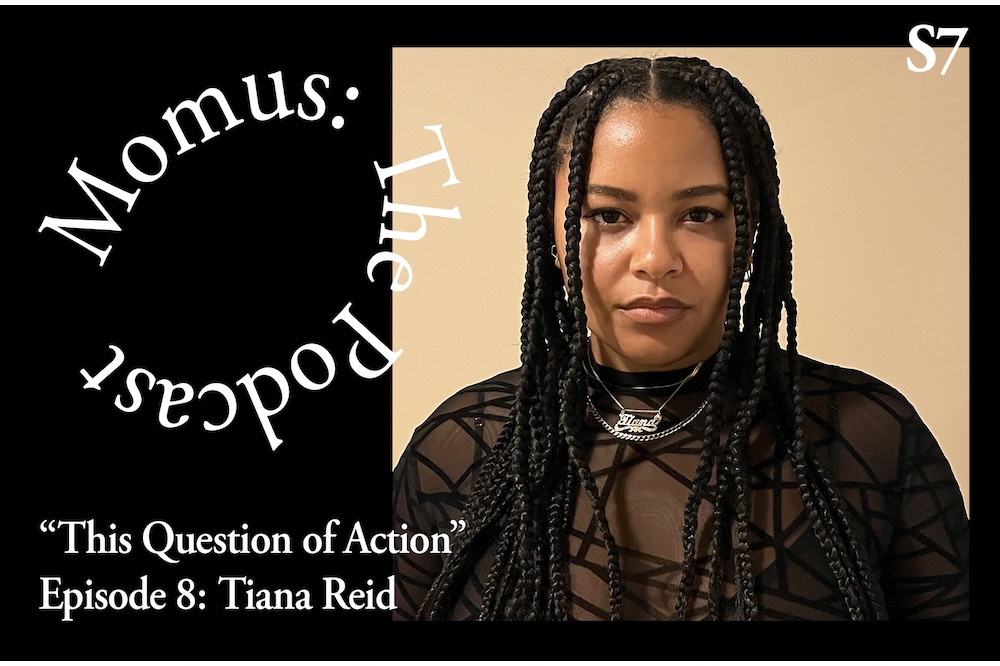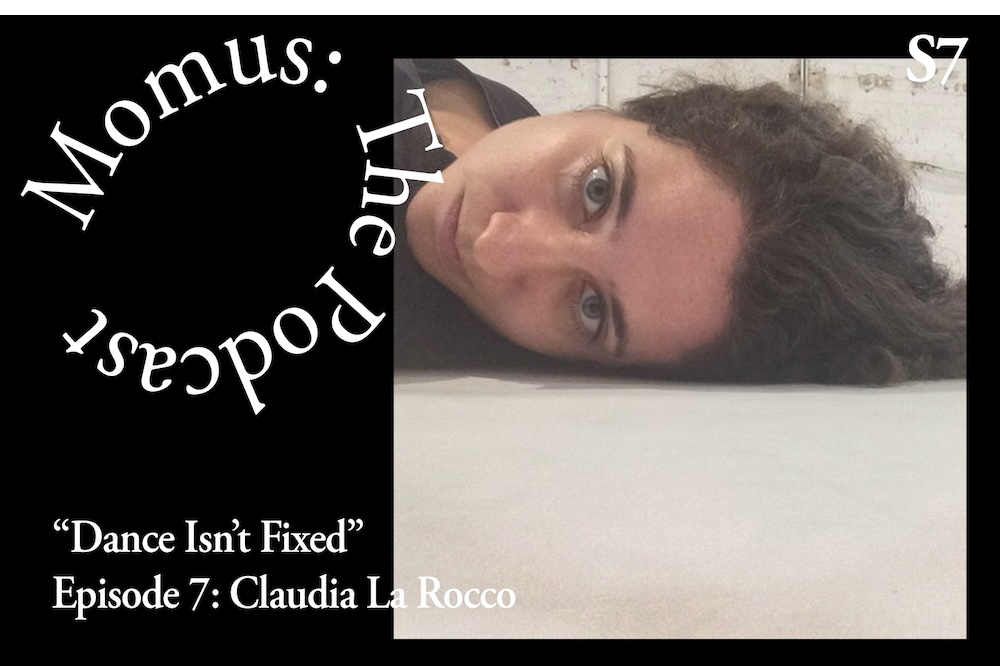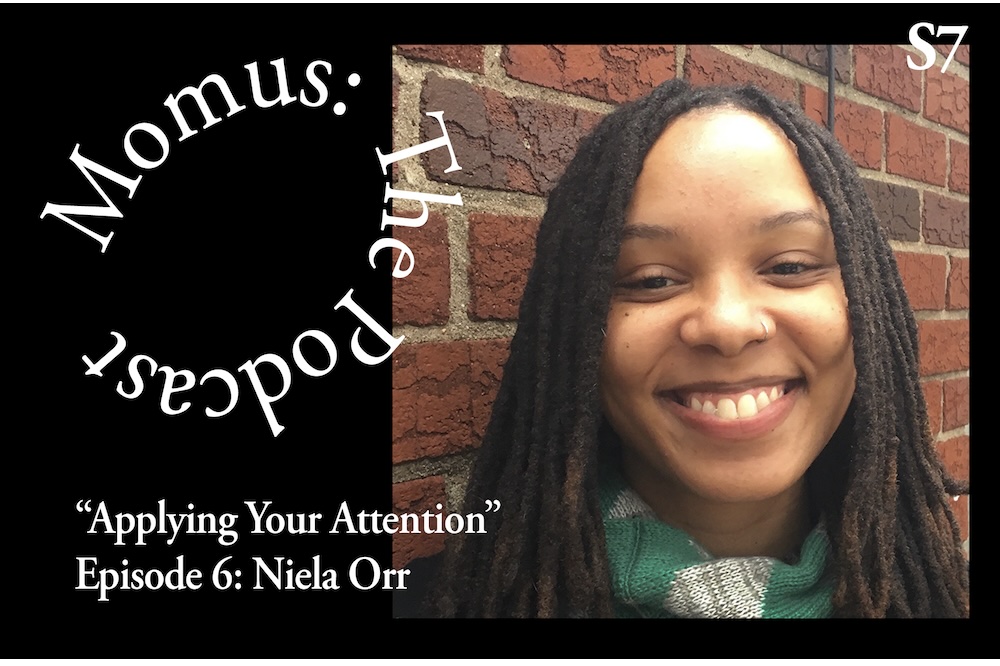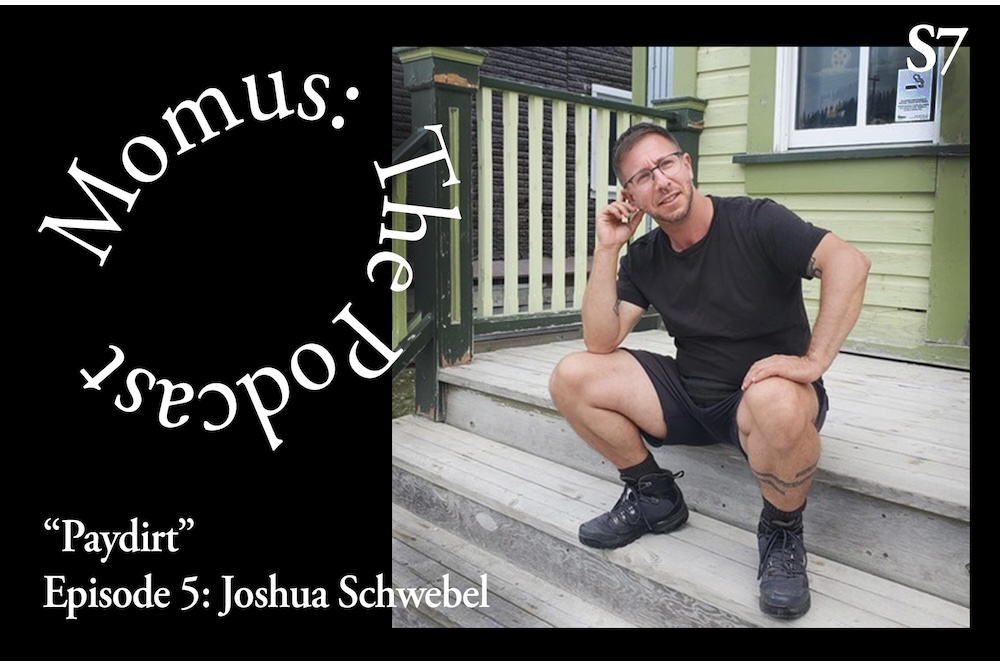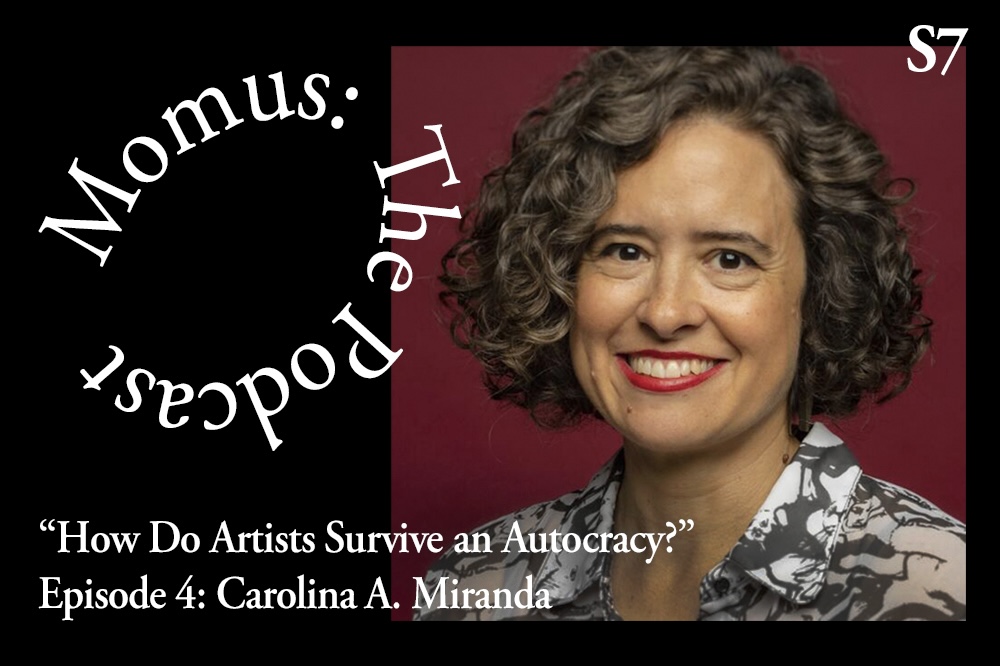July 15, 2025
Paul Chan
Season 8, Episode 5
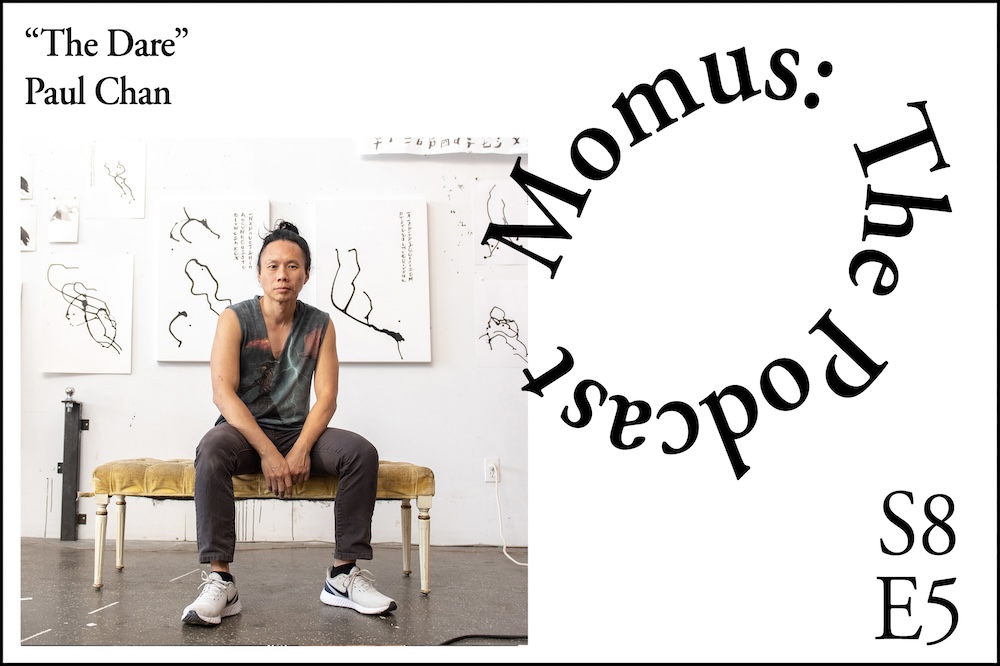
Paul Chan is an artist, writer, and former publisher. For this episode of Momus: The Podcast, Chan’s self-made automated doppelganger reads “Sade Today (after Judith Butler),” a piece he wrote for Evergreen (Spring/Summer 2025). He speaks to Sky Goodden about the implications of AI on writers (though they agree that criticism could present a special resistance) and his recent efforts to increase accessibility to his writing through audio recordings, while “hemlocking” its content against AI co-option. Chan also discusses the challenges of independent publishing, how he perceives writing as a form of daring, and how writing informs making. But in either case, he says, “ Choices are real choices when they’re neither given nor self-evident. That, to me, is the core of what it means to think creatively.”

